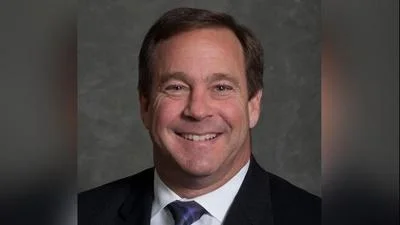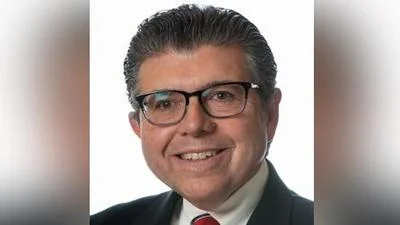Senator Cory A. Booker | Senator Cory Booker Official photo
Senator Cory A. Booker | Senator Cory Booker Official photo
NEWARK, N.J. – U.S. Senators Cory Booker and Bob Menendez (both D-NJ) today applauded the announcement by the U.S. Department of Transportation that the Federal Transit Administration is awarding $6.88 billion in federal funds to the Hudson River Tunnel project – the largest ever federal investment in mass transit.
“Today’s announcement marks a significant milestone in the construction of the Hudson River Tunnel project,” said Senator Booker. “Entering the engineering phase puts this project on track to receive the substantial federal investments that will ensure the long-term reliability and resilience of the Northeast Corridor. This is a crucial step forward in advancing regional connectivity, supporting economic growth, and enhancing the lives of millions of commuters. I will continue to work with the Biden Administration and congressional colleagues to secure the federal funding that will see Gateway through to completion.”
“This is a massive step forward for the most important infrastructure project in the country. I’ve fought for years to make Gateway a reality, and this is a culmination of those efforts,” said Senator Menendez. “The Hudson River tunnels entering into engineering puts us on a direct path to receiving billions of dollars in federal funding for a project that will facilitate increased capacity along the entire Northeast Corridor—a region that accounts for 20 percent of national GDP—and provide thousands of New Jerseyans who commute to New York every day with better, safer, and more reliable service. I appreciate the work done by the project sponsors, Biden Administration, Governors, and Congressional delegations of both states to get us to this point, and look forward to continuing to work with all of our state, federal, and local partners to sign a full funding grant agreement as quickly as possible.”
Once the project begins, it is expected to create more than 72,000 American jobs in the region.
The Hudson River Tunnel project is part of the Gateway Program, a series of strategic infrastructure investments designed to improve rail service in New York and New Jersey. The Hudson River Tunnel project is particularly critical because the existing North River Tunnel serving Penn Station is more than 110 years old and was severely damaged during Superstorm Sandy in 2012. While the tunnel has been repaired frequently, its age and damaged condition present reliability concerns for more than 200,000 people who travel through the tunnel on more than 400 trains every weekday. According to a study by the Northeast Corridor Commission, commuters in 2020 were delayed more than 210 hours due to maintenance issues.
The Hudson River Tunnel project will build a new two-track rail tunnel from the Bergen Palisades in New Jersey to Manhattan, directly serving New York Penn Station and rehabilitating the existing North River Tunnel. Additionally, as part of the construction, nearly 5,000 new affordable housing units will be created in the adjacent Hudson Yards. The project will improve New Jersey Transit and Amtrak service for a region that impacts more than 20 percent of the nation’s economy. If the North River tunnel were to shut down for one day, it would cost the United States more than $100 million.
In January, Booker and Menendez joined President Joe Biden and U.S. Department of Transportation Secretary Pete Buttigieg to announce the award of $292 million for the Gateway project to create a concrete casing near Hudson Yards in Manhattan intended to preserve future right-of-way for the new Hudson River tunnel and lay the groundwork for the much-anticipated Hudson River tunnel project.
Last August, Booker and Menendez joined Governor Phil Murphy and Secretary Buttigieg to celebrate the official physical groundbreaking of the new Portal North Bridge. Construction of the new Portal North Bridge will greatly reduce gridlock caused by critical operation and maintenance issues of the existing 110-year-old swing bridge and improve service, reliability, and capacity for rail travel along the Northeast Corridor.
Original source can be found here.






 Alerts Sign-up
Alerts Sign-up